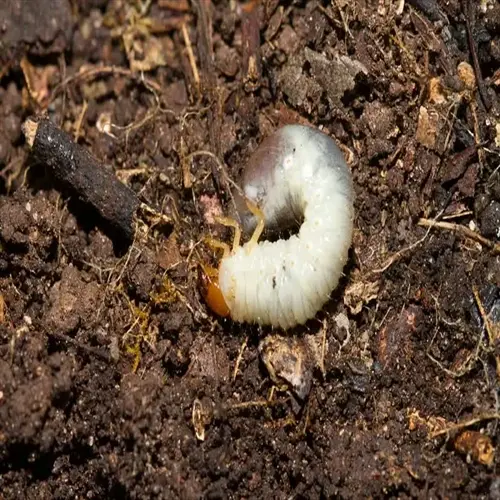Why is early intervention crucial for invasive species control?

Written by
Olivia Mitchell
Reviewed by
Prof. Samuel Fitzgerald, Ph.D.*Early intervention is key to controlling invasive species* because it prevents them from spreading rapidly and exponentially. Acting within the first year of detecting the invasion improves the likelihood of favorable outcomes. You stop the invaders before they establish breeding populations. In this way, it is effective in protecting the fragile native ecosystems.
Ecological Protection
- Limits habitat destruction to under 10% of affected areas
- Preserves native species diversity and food webs
- Prevents irreversible ecosystem alterations
Economic Efficiency
- Reduces removal costs by 60-80% compared to mature infestations
- Avoids infrastructure damage to roads and waterways
- Minimizes agricultural and forestry losses
Community networks for reporting enhance the effectiveness of early detection. Train volunteers to be aware of high-risk species. Utilize electronic tools to deliver instant, geotagged alerts of presence. Such systems reduce verification time from weeks to hours. Your participation will create essential layers of early warning.
It is more cost-effective to prevent than to eradicate. If prevention does not work, your best option is early intervention. It helps to conserve ecosystems and resources. Your intervention now protects local environments for future generations.
Read the full article: Invasive Species Control: Ultimate Management Guide

